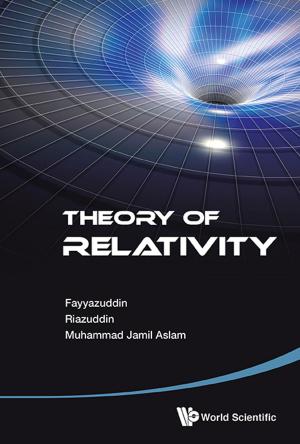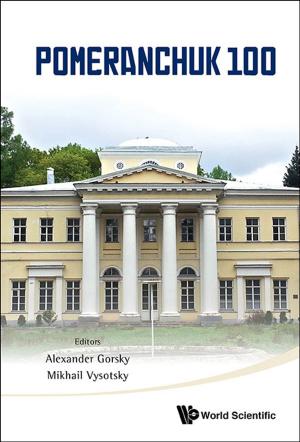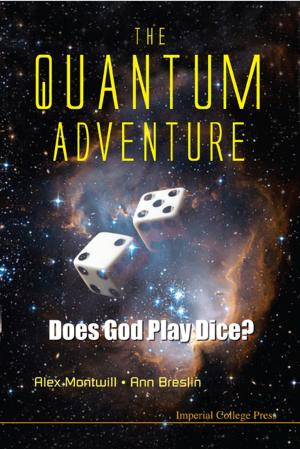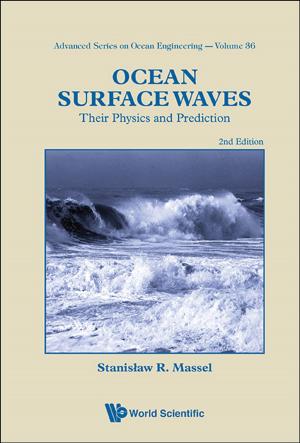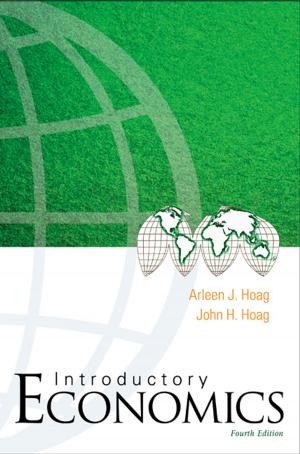This book is about the evolution of the sense of smell, from its bacterial origin 3.4 billion years ago, to today's modern, sophisticated humans with an insatiable appetite for perfumes and fragrances. It explains how smell works and how animals sense the environment. The relationship between sex and smell drives much of animal behaviour, and the significance of the human loss of the vomeronasal organ — a part of the sense of smell in animals that responds to sex smells — is identified as a seminal event in the making of humankind.
Humans are far more than animals, however, and Adam's Nose explores incense and perfumes, as well as the odour imagery in art, literature and poetry. It is written for readers interested in what makes us human, and does not presuppose a high level of scientific understanding. The text is comprehensive and provides key references to the relevant scientific literature. The book will appeal to scientists and students in a range of biological disciplines, including human evolution, anthropology, olfactory communication, animal behaviour, perfumery and aromatherapy.
![Adam's Nose, and the Making of Humankind]()
College of human nose types. Sixteenth century woodcut by an unknown Florentine artist. Redrawn from Warwick E, 1848 Nasology, or Hints Towards a Classification of Noses. Richard Bentley, London. |
![Adam's Nose, and the Making of Humankind]()
Anoinment of a Pharaoh with coronation oil. Redrawn from Jewish Encyclopedia 1906. |
![Adam's Nose, and the Making of Humankind]()
Schematic showing the main vomeronasal nerve pathway to the key parts of the smelling brain in mammals. For clarity, the pathway is shown only on one side of the brain. |
|
Contents:
- The Enigma of Smell
- An Evolutionary Perspective
- How Smell Works
- To Catching a Whiff
- Making Sense of a Sense
- Sex, Smell and 'ADAM'
- The Scent of Humankind
- Armpit Evolution
- Incense and Perfume
- Smell and High Culture
- Art and Literature
- Adam's Nose and the Making of Humankind
Readership: Non-experts with an interest in what makes us human; biology, anthropology and human evolution students; perfumery and aromatherapy professionals.
Key Features:
- The book is written for a general readership and demands no advanced scientific knowledge
- It is characterized by inviting the reader to understand the sense of smell within the broad context of human life and evolution
- Although its coverage is very broad it deals with up-to-the-minute scientific literature, making it equally suitable for the general reader, students and established professionals
|
|

